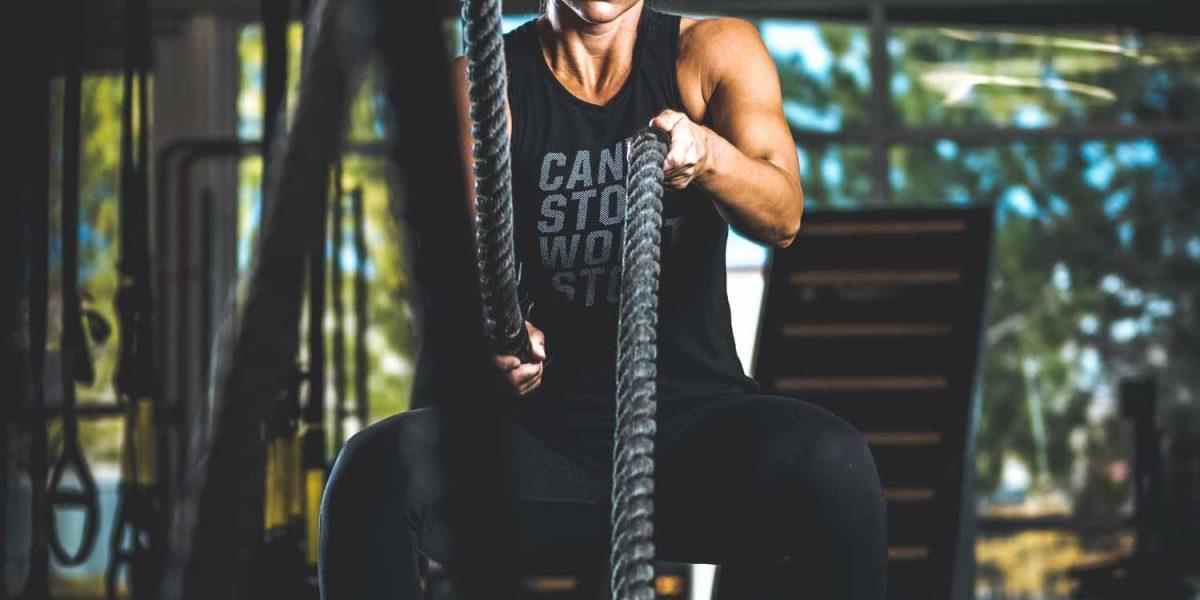
Is your fitness routine not providing results? This could be why.
Is your workout getting you nowhere?
Research and lived experience indicate that many people who begin a new exercise program see little if any improvement in their health and fitness even after weeks of studiously sticking with their new routine.
Among fitness scientists, these people are known as “nonresponders.” Their bodies simply don’t respond to the exercise they are doing. And once discouraged, they often return to being nonexercisers.
But an inspiring and timely new study suggests that nonresponders to one form of exercise can probably switch to another exercise regimen to which their body will respond. And a simple test you can do at home will help you determine how well your workout is working for you.
One of the first major studies to report the phenomenon of nonresponders appeared in 2001, when researchers parsed data from dozens of previously published studies of running, cycling and other endurance exercise.

The studies showed that, on aggregate, endurance training increased people’s endurance. But when the researchers examined individual outcomes, the variations were staggering. Some people had improved their endurance by as much as 100 percent, while others had actually become less fit, even though they were following the same workout routine.
Age, sex and ethnicity had not mattered, the researchers noted. Young people and old had been outliers, as had women and men, black volunteers and white. Interestingly, nonresponse to endurance training ran in families, the researchers discovered, suggesting that genetics probably plays a significant role in how people’s bodies react to exercise.
Since then, other researchers have found that people can have extremely erratic reactions to weight training regimens, with some packing on power and mass and others losing both.
And a study published last year concentrating on brief bouts of intense interval training concluded that some people barely gained endurance with this type of workout, while others flourished, greatly augmenting their fitness.
The Latest Study.
These studies, however, were not generally designed to tell us whether someone who failed to benefit from one form of exercise might do well with another.
So for the new experiment, which was published in December in the journal PLOS One, researchers from Queen’s University in Kingston, Ontario, and the University of Ottawa decided to focus intently on whether a nonresponder to one form of exercise could benefit by switching to another.
They began by gathering 21 healthy men and women and determining their VO2 max, a measure of how much oxygen the lungs can deliver to the muscles; heart rates; and other physiological parameters related to aerobic fitness.
Then they had each volunteer complete two very different types of workouts. Each training regimen lasted three weeks, and the researchers waited several months before starting the next regimen, so that volunteers could return to their baseline fitness.
One three-week routine involved typical endurance training: riding a stationary bicycle four times a week for 30 minutes at a moderately strenuous pace.
The second type of exercise revolved around high-intensity intervals. Each volunteer completed eight 20-second intervals of very hard pedaling on a stationary bicycle, with 10 seconds of rest after each bout. The intervals were brutal but brief.
At the end of each three-week session, the researchers again checked each volunteer’s VO2 max and other fitness measures.
As a group, they had gained admirable amounts of fitness from both workouts and to about the same extent.
But individually, the responses varied considerably.
About a third of the people had failed to show much if any improvement in one of the measures of fitness after three weeks of endurance training. Similarly, about a third had not improved their fitness much with interval training. And after each type of workout, some participants were found to be in worse shape.
A majority of the participants, in other words, had failed to respond as expected after one of the workouts.
But, importantly, no one had failed to respond at all. Every man and woman had measurably improved his or her fitness in some way after one of the sessions, if not the other.
Those who had shown little response to endurance training generally showed a robust improvement after the interval sessions, and vice versa.
These data suggest that “there is no one-size-fits-all approach to exercise,” says Brendon Gurd, an associate professor of kinesiology at Queen’s University who oversaw the study. “But it does seem as if there is some size that fits everyone.”
The question is how to determine which form of exercise best fits you.
The answer, Dr. Gurd says, is simple trial and error.
Before beginning a new exercise routine, he says, measure your fitness. You can do this by briskly walking up several flights of stairs or quickly stepping onto and off a box three or four times. Then check your pulse. This is your baseline number.
Now start working out. Walk. Jog. Attend interval training or spin classes.
After about a month, Dr. Gurd says, repeat the stair or step test. Your pulse rate should be slower now. Your workout sessions should also be feeling easier.
If not, you may be a nonresponder to your current exercise routine.
In that case, switch things up, Dr. Gurd recommends. If you have primarily been walking, maybe try sprinting up a few flights of stairs and walking back down, which is a simple form of interval training.
Or if you have been exercising with intervals and feeling no fitter, perhaps jog for a month or two.
The message he hopes people will glean from his and other studies of exercise nonresponders “is not that you shouldn’t bother exercising because exercise might not help you,” Dr. Gurd says. “It does help everyone, once you find your own best exercise.”
Information by Gretchen Reynolds, article and image sourced from New York Times.
